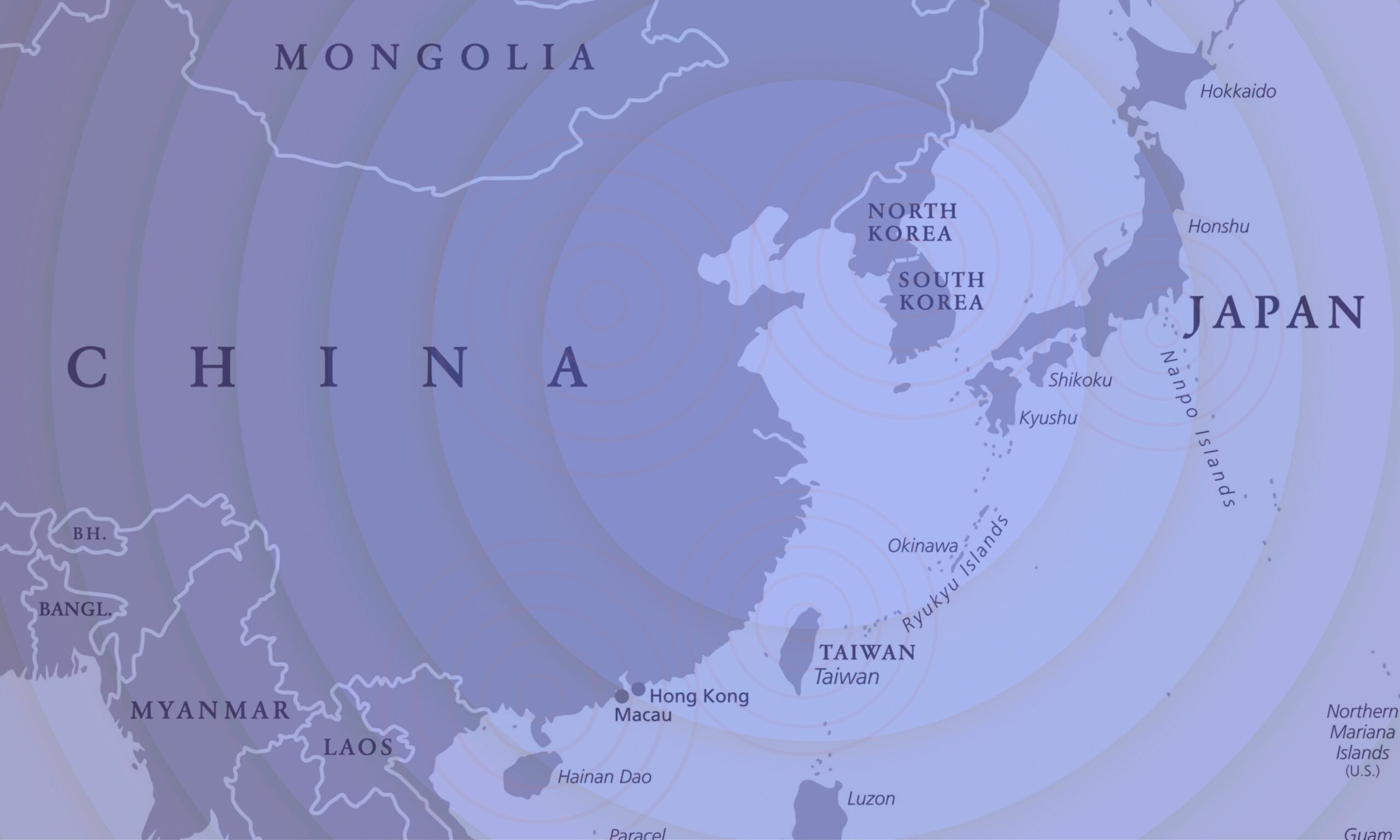Humanitarian Impacts of Nuclear Weapons Use in Northeast Asia: Implications for Reducing Nuclear Risk
The Asia-Pacific Leadership Network (APLN) in collaboration with the Research Center for Nuclear Weapons Abolition, Nagasaki University (RECNA) and the Nautilus Institute, released the second report of our ongoing 3 year joint research project on Reducing the Risk of Nuclear Weapon Use in Northeast Asia (NU-NEA). The project aims to assist policymakers with identifying ways to avoid a nuclear conflict through modelling nuclear weapons “use cases” and assessing the lessons that they can offer.
Click here to access the full report.
Executive summaries of the report are available in English, Japanese, Korean, Chinese, and Russian.
The Year 2 report on “Humanitarian Impacts of Nuclear Weapons Use in Northeast Asia: Implications for Reducing Nuclear Risk” sets out to better understand the risks of nuclear weapons use in the region. This report focuses on adapting, developing, and applying methods to quantitatively estimate the impacts of nuclear weapons use in Northeast Asia. Five of the thirty plausible nuclear weapons “use cases” involving the DPRK, United States, China, and Russia, defined during the first year of the project were simulated in detail in this latest report.
These use cases each begin with a first-use detonation of one or more nuclear weapons in an attack or counterattack against an opponent and continue with response detonations by one or more adversaries as the conflict escalates. In some cases, multiple exchanges between several nations escalate to a global nuclear war.
The fatalities and health effects due to six physical impacts of nuclear detonations were estimated:
- Thermal fluence, or thermal radiation from the nuclear fireball, depending on the distance from the fireball and other factors, which causes skin burns to exposed flesh, and causes combustible materials, such as fuel, building materials, and clothing, to ignite.
-
Firestorms started by the thermal fluence from the nuclear detonation under certain conditions, with the occurrence and extent of firestorms dictated by weapon yield, height of burst for the detonation, weather, geographical conditions, the presence or absence of fuel for the fire, and other factors.
-
Blast overpressure, the blast wave and hurricane-force-or-greater winds caused by the explosion, which destroys buildings and other structures, sends debris flying, and shatters glass windows even at distances far from “ground zero” (the point on the ground where or over which a weapon detonates).
-
Prompt (or immediate) radiation exposure from the nuclear explosion, reaching affected people within hundreds of meters to kilometers of ground zero.
-
Radiation exposure from fallout, which occurs as radioactive materials from the weapon itself and contaminated soil and debris are thrust into the air, dispersed, and deposited downwind.
-
Cancer deaths caused by biological radiation doses acquired from exposure to prompt radiation, cloudshine (fallout suspended in the air), and groundshine(fallout deposited on the ground)
- The impact of mass fires or firestorms that sometimes result from nuclear explosions can surpass the lethality of other direct impacts of nuclear use. Historically, military planning for nuclear use has lacked sufficient consideration of firestorm impacts.
-
Any nuclear detonations, even in relatively unpopulated areas, are likely to result in at least thousands of deaths, with possible fallout crossing international borders, causing additional health risks and increasing political tensions even when fallout levels are low.
- Many of the plausible nuclear use cases developed for this project have their genesis in misinterpretation of intentions and lack of communication between adversaries, underscoring the need for communication between nations to avert nuclear weapons use, especially during times of conflict and crisis.
- There are many plausible pathways to nuclear war that would have cataclysmic effects. Most of these pathways involve “slippery slopes” of descent into nuclear war, where an action by one party is misinterpreted by another, leading to conflict escalation that proceeds further and more rapidly than adversaries intend or foresee. As such, these potential pathways to nuclear war are often invisible to policymakers.
- It is urgent to reduce the risk of choosing or stumbling onto one of these pathways by developing and applying regional and global policy measures such as increasing transparency of nuclear stockpiles, deployments, and operational and declaratory doctrine—especially relating to the integration of nuclear firestorms into nuclear targeting— such as increasing communications with nuclear hotlines.
- It is important to explore policy measures to reduce the role of nuclear weapons in security policy and to revive arms control and disarmament diplomacy. Such measures include introducing a nuclear no-first threat norm; resolving regional conflicts; and, ultimately, establishing a regional security framework including denuclearization of the Korean Peninsula and a nuclear-weapon-free zone in the region towards the elimination of nuclear weapons altogether.
Access the full Year 2 report here.
This report is published simultaneously by the Research Center for Nuclear Weapons Abolition, Nagasaki University (RECNA), and the Nautilus Institute. It is being published under a 4.0 International Creative Commons License. The authors may be contacted via email at: nautilus@nautilus.org.
The NU-NEA project is funded by Nagasaki University, APLN, the Nautilus Institute, the John D. and Catherine T. MacArthur Foundation, the New Land Foundation, and the Samuel Rubin Foundation.



